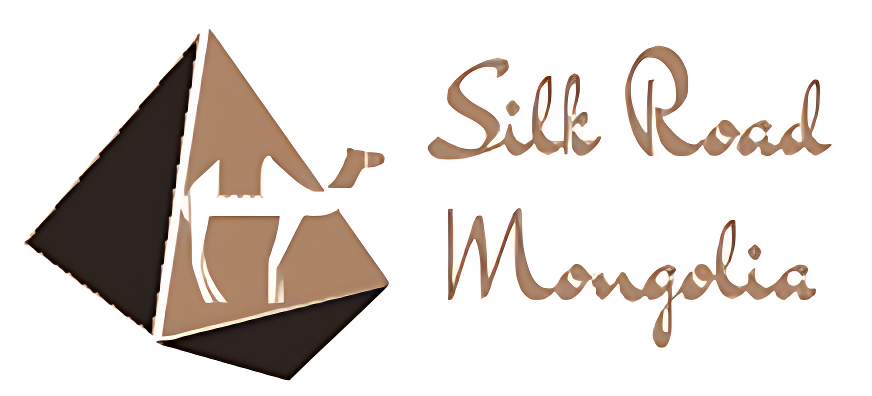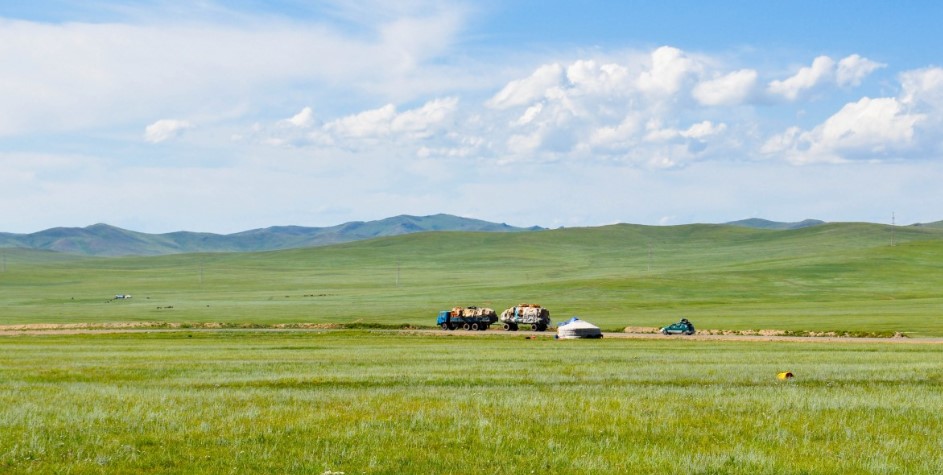Blog
Is Mongolia Worth Visiting?
Mongolia is a land of vast open skies, rugged mountains, and ancient traditions. It offers a rare sense of freedom — where wild horses roam, nomads welcome you into their yurts, and silence stretches across endless steppes. From the golden dunes of the Gobi Desert to the crystal waters of Lake Khuvsgul, Mongolia promises raw beauty, adventure, and a deep connection to nature and history unlike anywhere else on Earth.
Why You Should Visit Mongolia
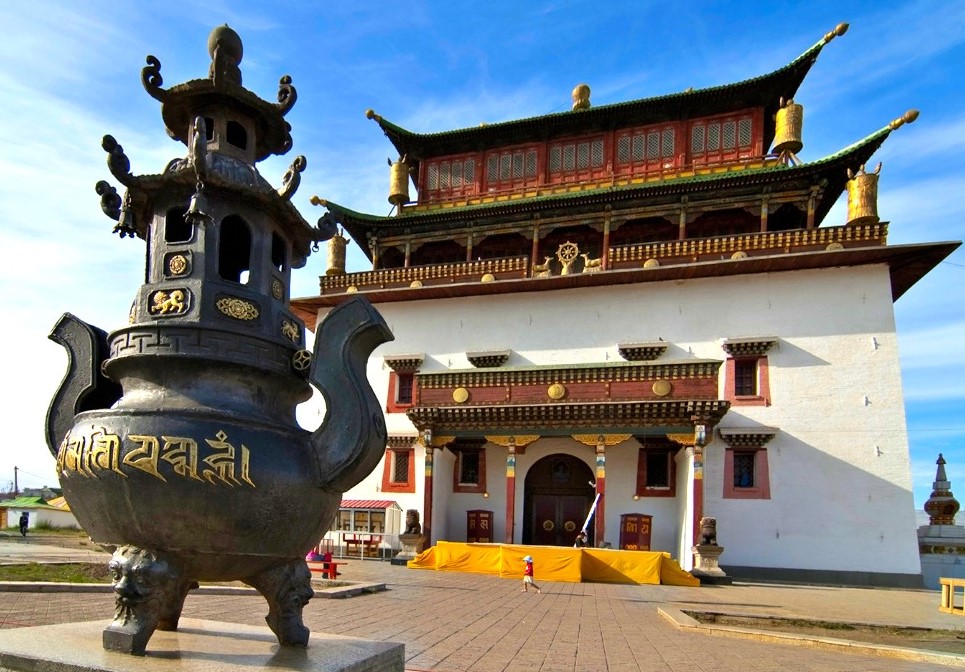
Warm Hospitality and Simplicity
Despite the country’s harsh conditions, Mongolians are known for their generosity. Guests are treated with respect and offered food, tea, and shelter — even by strangers. The simplicity of life here reminds visitors what truly matters.
Untouched Nature
Mongolia’s vast steppes, crystal lakes, and dramatic deserts remain some of the most unspoiled landscapes on Earth. You can travel for hours without seeing another person — just endless skies and pure silence.
Nomadic Culture
Meet Mongolia’s nomadic herders who still live much like their ancestors did centuries ago. Staying in a traditional ger (yurt) lets you experience their hospitality, customs, and simple way of life.
Adventure and Freedom
From horseback riding and hiking in the Altai Mountains to camel trekking in the Gobi Desert, Mongolia is built for explorers. The sense of space and freedom here is unmatched anywhere else.
Rich History
Walk in the footsteps of Genghis Khan and explore ancient monasteries, burial sites, and remnants of the Mongol Empire — a civilization that once ruled much of the known world.
Wildlife and Landscapes
See herds of wild horses, Bactrian camels, and rare birds in their natural habitats. Mongolia’s diverse geography offers everything from alpine forests to vast desert plains.
Festivals and Traditions
Celebrate the Naadam Festival with locals as they compete in wrestling, archery, and horse racing — the “Three Manly Games.” Each event reveals Mongolia’s pride and cultural spirit.
Peace and Solitude
If you crave escape from modern chaos, Mongolia offers true tranquility. The stillness of the land and the kindness of its people invite you to slow down and reconnect with yourself.
Taste Traditional Mongolian Food
Mongolian cuisine is hearty and filling — perfect for the country’s rugged climate. Try buuz (steamed dumplings), khuushuur (fried meat pies), and airag (fermented mare’s milk). Meals often feature mutton, beef, and dairy products, reflecting a lifestyle deeply tied to herding and the land.
Breathtaking Night Skies
Far from city lights, Mongolia offers some of the clearest and darkest night skies in the world. You can see the Milky Way stretch vividly across the horizon, making it a dream destination for stargazers and photographers alike.
Spiritual Serenity
Mongolia’s vast emptiness inspires a deep sense of peace and introspection. From Buddhist temples to sacred mountains and shamanic rituals, the country offers travelers a rare chance to disconnect and reconnect with themselves.
Sustainable and Slow Travel
With its nomadic traditions and low-impact lifestyle, Mongolia encourages mindful, sustainable travel. You’re invited to slow down, live simply, and appreciate life’s essentials — land, people, and freedom.
Why You Shouldn’t Visit Mongolia
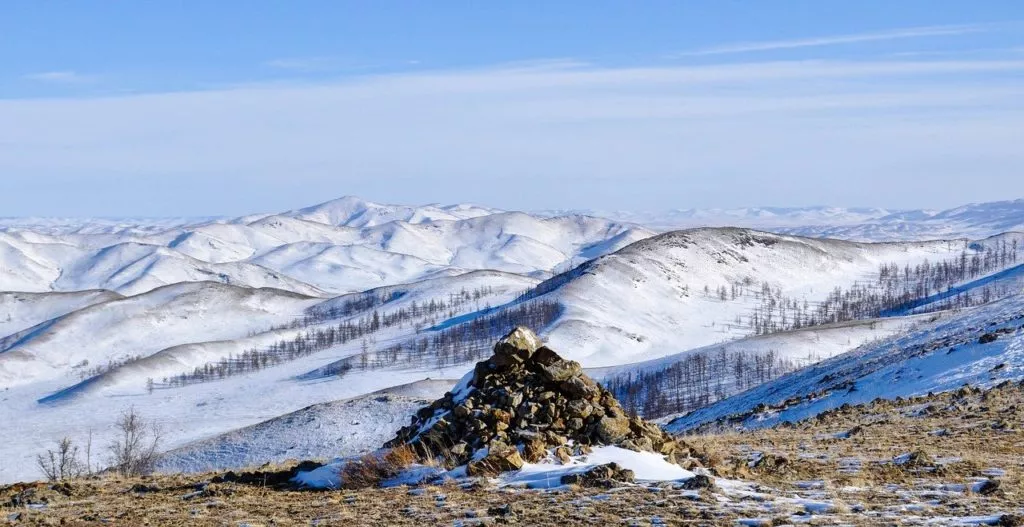
Harsh Weather Conditions
Mongolia’s climate can be extreme — scorching hot in summer and brutally cold in winter, with temperatures dropping below -30°C in some regions. Sudden winds, sandstorms, and unpredictable rain can make travel challenging, especially in rural areas.
Limited Infrastructure
Outside Ulaanbaatar, roads are often unpaved, and long journeys across the steppe can be bumpy and tiring. Public transport is minimal, so most travelers need private vehicles or guided tours to get around.
Basic Accommodation and Facilities
In the countryside, expect simple guesthouses or ger camps with limited electricity, shared bathrooms, and no Wi-Fi. This rustic charm appeals to adventurers, but it may not suit those seeking comfort or convenience.
Language Barrier
English is not widely spoken outside major cities. Communicating with locals can be difficult unless you’re with a guide or know basic Mongolian phrases.
Sparse Medical Services
Hospitals and clinics are few and far between outside the capital. Travelers with medical conditions should plan carefully and bring necessary medications.
Long Travel Distances
Mongolia is vast, and destinations are often far apart. You’ll spend many hours driving through empty landscapes — a dream for some, but monotonous for others.
Basic Sanitation
Toilets in the countryside are often simple pit latrines, and running water isn’t guaranteed. Hygiene standards can feel very basic compared to urban or Western expectations.
Rough Travel Logistics
Distances are vast, and directions are rarely clear — GPS can even fail in remote areas. Without a local guide or driver, getting lost is easy. Fuel stations and food stops are few and far between.
Seasonal Accessibility
Some regions become unreachable during heavy snow or spring floods. The short summer window (June–August) is the only comfortable time to visit, meaning crowds and higher prices during that period.
Air Pollution in Ulaanbaatar
During winter, the capital city suffers from severe air pollution due to coal burning. It can be unpleasant or even hazardous for those with respiratory issues.
Limited Nightlife and Shopping
If you’re looking for cosmopolitan entertainment, luxury shopping, or vibrant nightlife, Mongolia may feel too quiet. The focus here is nature and culture — not modern leisure.
Preparations Before Visiting Mongolia
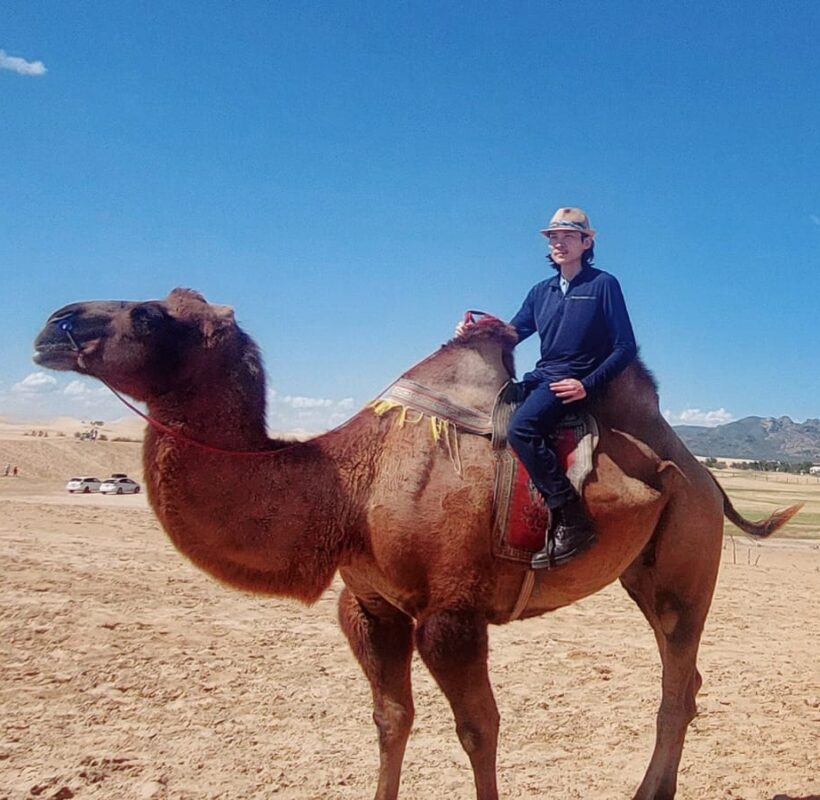
- Choose the Right Time to Visit – The best season to visit Mongolia is June to September for mild weather, festivals, and accessible roads. Winters are extremely cold, often below -30°C.
- Check Visa Requirements – Ensure your passport is valid for six months beyond your stay. Some nationalities need a tourist visa or invitation letter.
- Pack for Changing Weather – Bring layered clothing, warm jackets, boots, and rain gear. Even in summer, nights can be cold.
- Carry Cash – Credit cards aren’t widely accepted outside Ulaanbaatar. Bring enough Mongolian tugriks or exchange USD/EUR in advance.
- Prepare for Limited Connectivity – Download offline maps, translations, and essential info before heading into rural areas.
- Health and Hygiene – Carry a first-aid kit, medications, hand sanitizer, and bottled water. Avoid drinking tap water.
- Plan Transportation Wisely – Roads are rough and distances are long. Hire a local driver or guide, or rent a 4×4 for independent travel.
- Get Travel Insurance – Choose a policy that covers medical emergencies and evacuation, as rural clinics can be far away.
When to Visit Mongolia
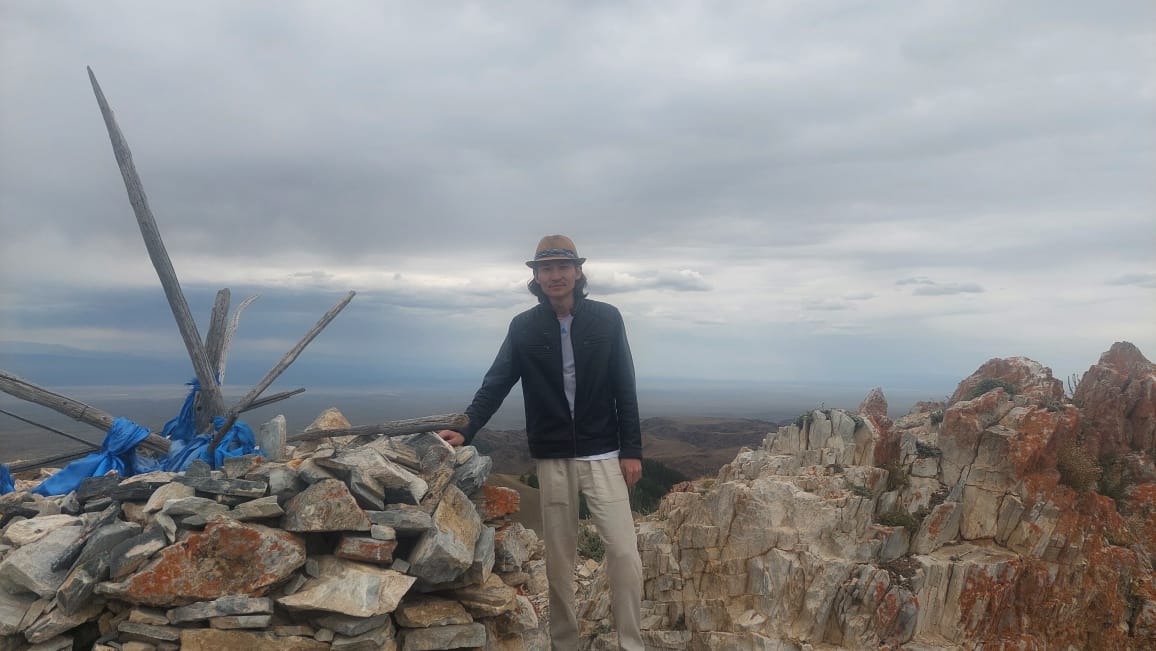
Summer (June – August)
This is the peak travel season and the most comfortable time to visit. Days are warm, nights are cool, and the landscapes are lush and green. It’s perfect for outdoor adventures like horse riding, trekking, and camping. You can also experience the Naadam Festival in July — Mongolia’s biggest cultural celebration.
Autumn (September – October)
Autumn brings crisp air, golden steppes, and fewer tourists. It’s an ideal time for photography and enjoying peaceful travel before the cold sets in. Wildlife viewing is also excellent as animals prepare for winter.
Winter (November – March)
Winter in Mongolia is harsh but magical. Temperatures can drop below -30°C, yet the snowy landscapes and frozen lakes are breathtaking. This season is best for travelers seeking a raw, authentic experience — and to see the Eagle Hunting Festival in western Mongolia (October–March).
Spring (April – May)
Spring marks the start of nomadic migration and the birth of livestock. While the scenery begins to bloom, the weather can be unpredictable with strong winds and occasional dust storms. It’s quieter and less touristy but requires flexibility.
What People Said About Traveling to Mongolia

“Our trip to Mongolia remains one of the most epic adventures of our lives! … From start to absolute finish we were given a taste of the rich landscape and multifaceted taste of Mongolian life.” nomudara
“Truly the most amazing experience! We traveled in a very comfortable Land Cruiser and stayed … every night at a ger camp … We set up tents next to the ger of the Mongolian family … participated in and learned about their life in the Mongolian countryside.” nomudara
“Had a week long trek with Mongolia Trekking at the Altai National park. … The guide is young but is good at interacting with people. Learnt quite a bit … about the history, culture and daily lives of the Kazakh in western Mongolia. Trek was wonderful, no need to worry about anything.” Tripadvisor
“Amazing round trip to Khuvsgul lake, white lake, a sand dune and much more. Beautiful countryside, simple and clean Ger Camps, enough time to spend alone. Excellent driver and perfect guide with huge knowledge and great English. Both very friendly and kind.” Tripadvisor
“Mongolia has been a long–term dream for me … Big thanks to Olly, who patiently answered our questions … We got a 13-day trip tailored just for us … The lack of trees, the infinity of the landscape … was very telling and beautiful … The different gers gave a small taste of the nomadic life … Strong recommendation to go to Mongolia … once in a lifetime trip.” Tripadvisor
“In Mongolia, you will be welcomed and fed. … I sat in the saddle for hours, didn’t shower, drank from streams. Nights were so cold that it was impossible to sleep. But all of these are positive emotions … Mongolia showed me how to overcome my fears and find out what I’m capable of.” WeProject
“I am flying back … and I just have to say that visiting Mongolia was an awesome decision. … Mongolia is extremely safe. Did not feel threatened … Women are treated with kindness … had a bunch of interesting talks. People are really direct, curious … loved it!” Reddit
“Mongolian people are friendly people. Food is amazing. Mongolian meat and cuisine is amazing!!! … Terelj is beautiful and amazing. I love the nature and enjoyed my stay in a camp and ger.” Reddit
Common Themes & Takeaways
From what people say, here are the things that come up often:
- Hospitality & Kind People – People frequently mention how welcoming, curious, and genuine Mongolians are.
- Natural Beauty & Solace – Wide-open landscapes, solitude, starry skies, dramatic deserts, lakes, mountains. The scale leaves an impression.
- Authenticity Over Comfort – Many note that some parts are rough (cold nights, basic facilities) but that’s part of the appeal. It’s about living differently, not luxuriously.
- Cultural Immersion – Staying in gers, sharing meals with nomadic families, learning about traditions, sometimes sacrificing comfort for experience.
- Memorable Guides & Experiences – Good guides and drivers are praised a lot. They seem crucial in making the experience smooth and meaningful.
